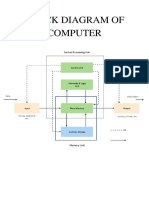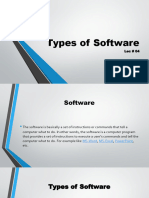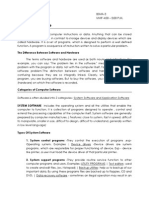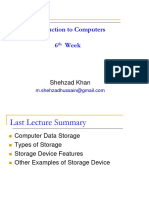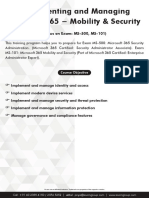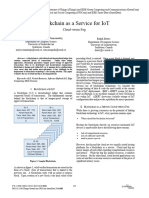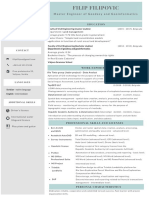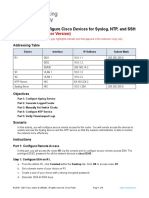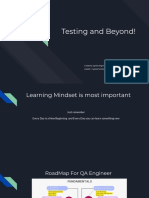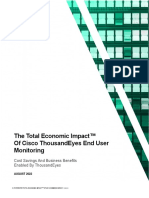0% found this document useful (0 votes)
12 views17 pagesPart B Answers
The document provides an overview of software, detailing its definition as a collection of instructions that enable computers to perform tasks, and categorizes it into system software and application software. System software manages hardware operations and includes operating systems, language processors, and device drivers, while application software serves specific user needs with examples like word processors and utility software. Additionally, the document outlines the differences between system and application software, emphasizing their distinct roles in computer functionality.
Uploaded by
don65184Copyright
© © All Rights Reserved
We take content rights seriously. If you suspect this is your content, claim it here.
Available Formats
Download as DOCX, PDF, TXT or read online on Scribd
0% found this document useful (0 votes)
12 views17 pagesPart B Answers
The document provides an overview of software, detailing its definition as a collection of instructions that enable computers to perform tasks, and categorizes it into system software and application software. System software manages hardware operations and includes operating systems, language processors, and device drivers, while application software serves specific user needs with examples like word processors and utility software. Additionally, the document outlines the differences between system and application software, emphasizing their distinct roles in computer functionality.
Uploaded by
don65184Copyright
© © All Rights Reserved
We take content rights seriously. If you suspect this is your content, claim it here.
Available Formats
Download as DOCX, PDF, TXT or read online on Scribd
/ 17









